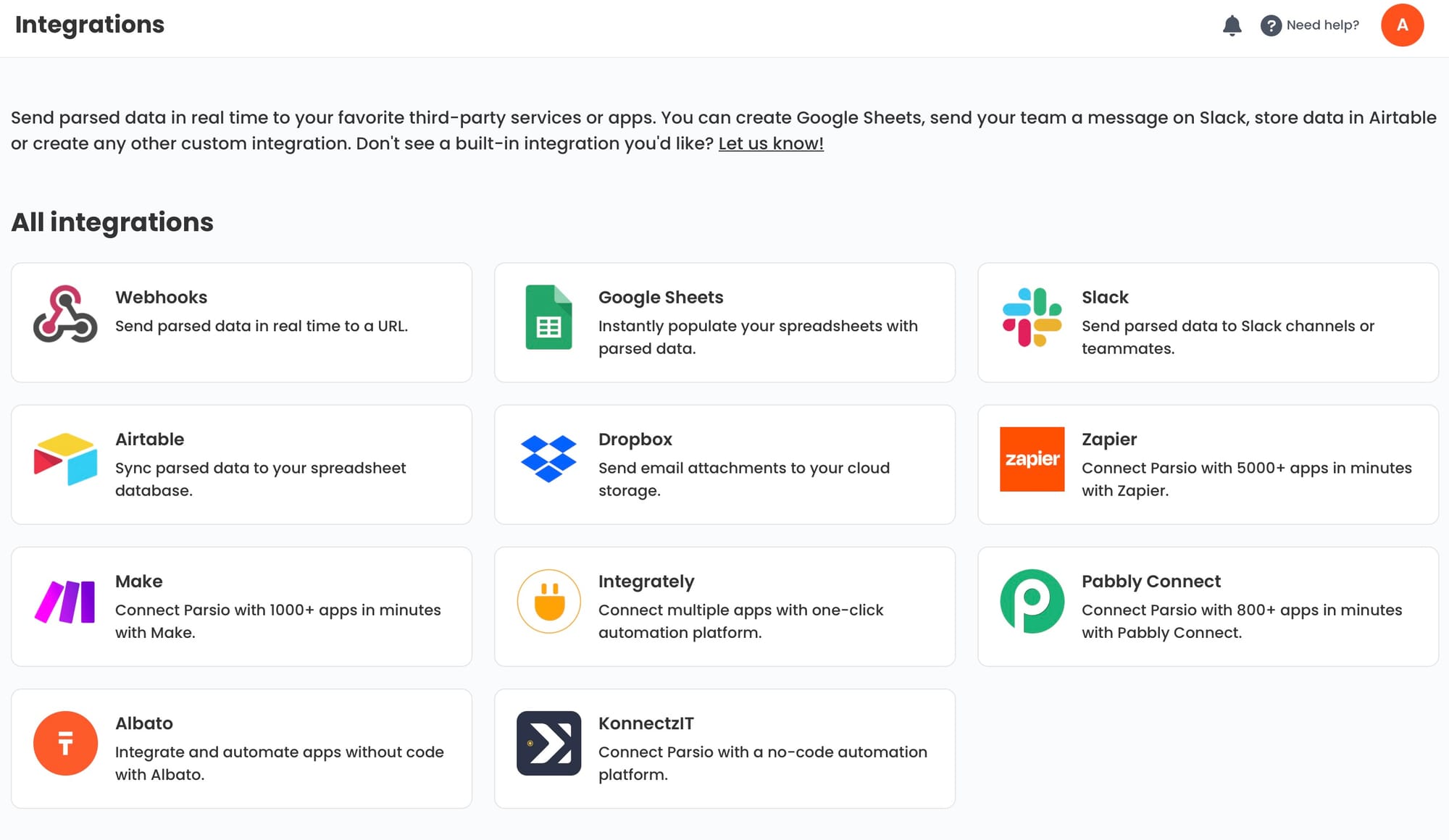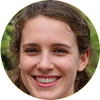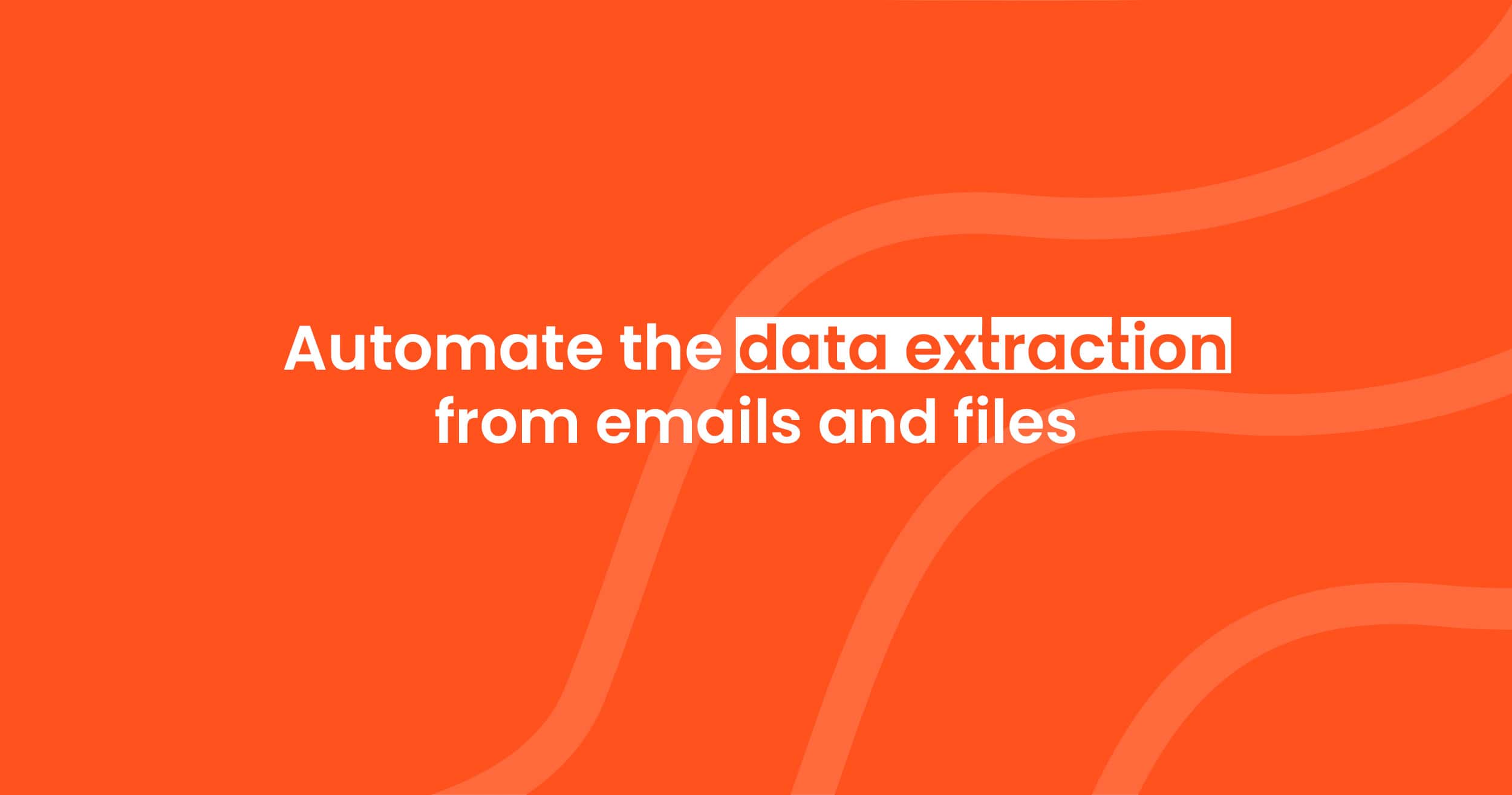What is Natural Language Processing? A Beginner’s Guide
Natural Language Processing (NLP) helps computers understand human language. Learn how it works, its applications, and how to automate NLP tasks using Parsio.

Natural Language Processing (NLP) helps computers understand human language. It is used in many applications, such as voice assistants, chatbots, and email filtering.
Businesses also use NLP to automate text-based tasks, like analyzing customer feedback and processing documents. This article explains what NLP is, how it works, and how tools like Parsio can help extract useful information from text-based data.
What is Natural Language Processing?
NLP is a field of Artificial Intelligence (AI) that allows computers to read, interpret, and analyze human language. It combines linguistics, machine learning, and computer science to make sense of words, sentences, and speech.
For example, when you type a search query into Google, NLP helps understand your intent and provides relevant results.
How NLP Works
NLP follows several steps to process and analyze language:
Tokenization
Breaking text into smaller units (words or phrases). Example: "Parsio extracts data from emails" becomes ["Parsio", "extracts", "data", "from", "emails"].
Lemmatization and Stemming
Converting words to their base form. Example: "running" → "run".
Part-of-Speech (POS) Tagging
Identifying whether a word is a noun, verb, adjective, etc.
Named Entity Recognition (NER)
Detecting names, dates, locations, and other key terms in text.
Sentiment Analysis
Determining if a text expresses positive, negative, or neutral emotions.
Common Applications of NLP
NLP is used in many real-world applications:
Voice Assistants
Alexa, Siri, and Google Assistant understand and respond to voice commands using NLP.
Chatbots & Customer Support
Many companies use NLP-powered chatbots to answer customer questions automatically.
Spam Filtering & Email Processing
Gmail uses NLP to detect spam and phishing emails.
Translation Services
Google Translate uses NLP to convert text from one language to another.
Search Engines
Search engines like Google use NLP to understand and rank web pages based on search queries.
Challenges in NLP
Despite its advancements, NLP still faces challenges:
- Understanding Context: AI struggles with sarcasm and ambiguous phrases.
- Different Languages & Dialects: NLP models are better at English than some other languages.
- Handling Informal Speech & Slang: Social media and chats contain informal expressions that AI may misinterpret.
- Bias in AI Models: NLP models may reflect biases present in their training data.
How Businesses Use NLP for Automation
Companies use NLP to automate time-consuming text tasks:
- Sorting emails automatically.
- Analyzing customer reviews and feedback.
- Extracting key details from invoices and legal documents.
How to Use Parsio for NLP-Powered Data Extraction
What is Parsio?
Parsio is a tool that extracts structured data from emails, PDFs, and other documents. It can automate data extraction and reduce manual work.

How Parsio Uses NLP
Parsio can process unstructured text from documents and extract useful information, such as:
- Names, dates, and contact details.
- Invoice numbers, order details, and payment terms.
- Keywords and categories from emails and messages.
Step-by-Step Guide to Using Parsio with NLP
1. Upload or Forward Your Documents
- Manually upload PDFs, emails, or text documents.
- Or, set up email forwarding so Parsio can automatically receive and process emails.

2. Extract Data Automatically
Parsio will extract important data fields using predefined rules or customized settings.
3. Export Data to Other Tools
- Export extracted data as CSV, JSON, or Google Sheets.
- Send data directly to accounting tools, CRM systems, or databases.

Example Use Cases
- Extracting customer names and order details from emails.
- Processing financial documents like invoices and bank statements.
- Sorting and categorizing emails for automated workflows.

To learn more, check out how to automate data extraction from emails.
The Future of NLP
NLP is improving every year. Some future trends include:
- Better language understanding with more context-aware AI.
- Improved multilingual NLP models.
- More automation in business operations using NLP-powered tools like Parsio.
Conclusion
NLP helps computers understand and process human language, making automation easier. Businesses use it for chatbots, email filtering, search engines, and data extraction.
Tools like Parsio help businesses automate document processing, extract structured data from text, and save time. As NLP advances, it will play an even bigger role in automation.
Want to automate data extraction? Read how to convert PDFs and emails into structured data.

